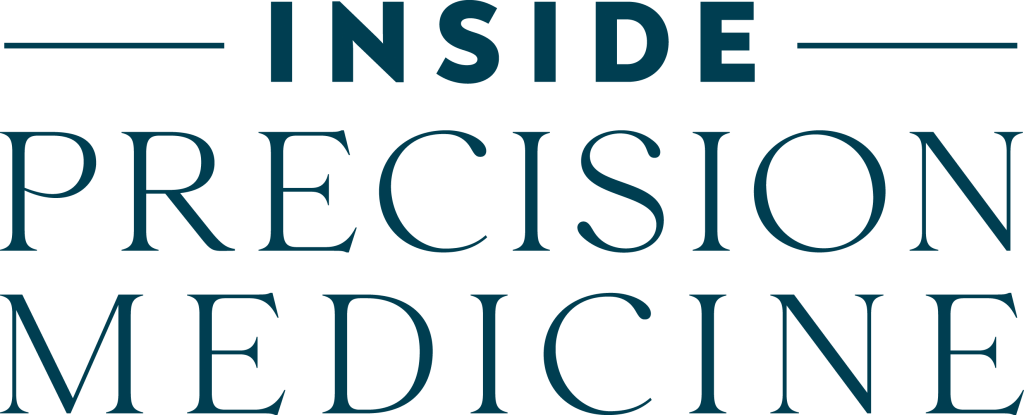
92 Results
Sort By:
Format
Publication Date
Potential Pancreatic Cancer Treatment Identified Using Organoid Model
- Digital Article
- Digital Article
Published on December 27, 2023
Investigators at Weill Cornell Medicine say they have identified a new potential pancreatic cancer treatment using an organoid model—lab grown tissues that mimic the geometry and function of the pancreas containing a common cancer driving mutation. In their study, published Tuesday in the journal Cell Stem Cell, the researchers found…
Potential New Pancreatic Cancer Treatment Uncovered Using Organoid Model
- Digital Article
- Digital Article
Published on December 27, 2023
Researchers at Weill Cornell Medicine have unveiled a compound known as perhexiline maleate as a promising new target for future pancreatic cancer treatments using a drug screening process based on organoids. Reporting in Cell Stem Cell, the study involved the testing of over 6,000 compounds on pancreatic tumor organoids—three-dimensional structures…
Spheroids vs. Organoids—A Data-Driven Approach for 3D Culture Model Selection
- Multimedia
Published on October 13, 2023
VIEW NOW Broadcast Date: October 13, 2023Time: 8:00 am PT, 11:00 am ET, 17:00 CET Three-dimensional (3D) cultures such as spheroids and organoids are an important part of the research model market, helping to close the gap between cell cultures and animal models. Both organoids and spheroids have been used to…
Improved Bioprinted Tumor Organoids Help Predict Treatment Response
- Digital Article
- Digital Article
Published on June 7, 2023
A novel method to bioprint miniature tumor organoids was developed by scientists from the UCLA Jonsson Comprehensive Cancer Center. The method will allow researchers to study and analyze individual organoids in great detail, which could help identify personalized treatments for individuals with rare or hard-to-treat cancers. The research team reported…
Organoids Could Guide Personalized Therapy for Head and Neck Cancers
- Digital Article
- Digital Article
Published on May 17, 2023
Since most head and neck cancer patients relapse, and there is strong evidence that subtypes exist, there is an urgent need for biomarkers to guide treatment. Now, researchers have developed a biobank of over 100 organoids, which may help clinicians choose the most appropriate treatment. These patients typically undergo surgery,…
Tumor Organoids May Help Treatment Selection for Biliary Tract Cancer
- Digital Article
- Digital Article
Published on May 10, 2023
Patient-derived tumor organoids—3D tissue cultures derived from tumor tissue samples—could be used to predict the most suitable treatment for patients with biliary tract cancer, suggests research presented at Digestive Disease Week 2023 in Chicago. Biliary tract cancers are relatively uncommon (around 8000 people in the United States are diagnosed with…
Organoids Provide Insights into Rare Liver Cancer
- Digital Article
- Digital Article
Published on May 3, 2023
Scientists at the Princess Máxima Center for pediatric oncology and Hubrecht Institute in the Netherlands report organoids and CRISPR-Cas9 allowed them to better understand the tumor biology and biological consequences of different DNA changes of fibrolamellar carcinoma (FLC), a rare type of childhood liver cancer. The findings are published in Nature…
Brain-Like Organoids for Autism Research Created by University of Utah Scientists
- Digital Article
- Digital Article
Published on October 6, 2022
Seed-sized brain-like organoids that are reminiscent of one wrinkle in the human brain 15 to 19 weeks post-conception were created and grown in the lab by University of Utah (U of U). The organoids are being used to help scientists understand structural differences in the human brain that may contribute…
Organoids for Airway and Alveolar Disease Modeling
- Multimedia
- Digital Article
- Digital Article
Published on August 29, 2022
Originally Aired: June 27, 2022Time: 8:00 am PT, 11:00 am ET, 17:00 CET VIEW NOW In this Learning Lab, we discussed the development of respiratory airway and alveolar organoids derived from human iPSCs and how these are used in modeling respiratory diseases such as cystic fibrosis. Airway organoid models can be used…
Novel Organoid Shows Kidney Tumors in TSC Follow Multiple Paths
- Digital Article
- Digital Article
Published on July 7, 2022
Researchers have used custom-made kidney organoids to uncover which cells cause tumors in patients with tuberous sclerosis complex (TSC). They found that kidney tumors in these patients start in Schwann cell precursors. In addition, they determined a single mutation in one of the key genes affected in the disease (TSC1…
Gene Therapy Helps Reverse Autism-Associated Mutation in Brain Organoids
- Digital Article
- Digital Article
Published on May 3, 2022
University of California, San Diego (UCSD), School of Medicine scientists used human brain organoids to reveal how a genetic mutation associated with a profound form of autism disrupts neural development. The scientists used gene therapy tools to recover the gene’s function. Their study is published in Nature Communications. “Transcription Factor…
Researchers Create Organoids that Model BRCA-Positive Ovarian Cancer
- Digital Article
- Digital Article
Published on December 29, 2021
Stem cell scientists have created fallopian tube-based organoids that may help predict which individuals with BRCA-1 mutations will develop ovarian cancer years or even decades in advance, and could be used to develop personalized therapies. Their study was published this week in Cell Reports. Clive Svendsen, Ph.D., professor of…
Tumor Organoids Could Help Guide Immunotherapy for Appendiceal Cancer
- Digital Article
- Digital Article
Published on July 20, 2021
Wake Forest researchers and clinicians are using patient-specific tumor ‘organoid’ models as a preclinical companion platform to better evaluate immunotherapy treatment for appendiceal cancer. One of the rarest cancers, this malignancy affects only 1 in 100,000 people. The study was published this week in Clinical Cancer Research. The lead author is…
Intestinal Organoids Developed to Test New Drugs for COVID-19
- Digital Article
- Digital Article
Published on April 14, 2021
Researchers at Boston University have created human induced pluripotent stem cells (iPSCs)-derived intestinal organoids that can be infected with SARS-CoV-2. How the virus affects the gut, the researchers say, can potentially serve as a way to evaluate novel therapeutics for COVID-19. They report that SARS-CoV-2 productively infects both proximally—and distally—patterned…
Lung, Cerebral Organoids Reveal Responses to SARS-CoV-2 Infection
- Digital Article
- Digital Article
Published on February 25, 2021
To understand the molecular interplay between the SARS-CoV-2 virus and human tissue, particularly host responses to infection, researchers from the University of California San Diego School of Medicine developed lung and cerebral organoids. When challenged with form of the virus, the organoids’ responses mimicked those found in natural organ tissues…










